Teaching is a profession where we work with thousands of different students in our careers. We are taught to be objective and to never choose favorites, but as human beings, we are not partial to neutrality. Because of our individual backgrounds, we naturally come into the profession with specific “values, beliefs, and predispositions that impact how we relate to others” (The National Association for Multicultural Education). Our background, lived experiences, and personal values can manifest into what’s called implicit bias. In the classroom, implicit bias may look like having lower academic expectations for students of color or different behavior expectations for students of different genders.
Dr. Shannon Wanless, director of the Office of Child Development at the University of Pittsburgh, argues that implicit bias is much greater than our own personal preferences; it’s collective, it’s inevitable, it’s fed to us constantly in our culture and media. She says, “it’s like pollution, you know, we’re always breathing it in, it’s everywhere.” Therefore, “we must figure out how to avoid it and correct it as much as possible.”
Although biases are a natural human function, we are in control of our actions and whether or not we act upon our biases. As teachers, it is crucial that we examine our implicit biases because they affect our ability to teach equitably. The first step in any anti-implicit bias work is self-reflection–we must first learn where our values and assumptions come from in order to challenge them and not act upon them. First, you may ask yourself–do I look like my students? Did I grow up in the same neighborhood as my students? Do I come from the same social economic status as my students? Right away, you may realize differences between your life experience and the life experiences of some or all of the kids you work with. Right away, you may realize how your values and understanding of the world may be different from your students.
However, authentic anti-bias self-reflection is not as easy as a few yes or no questions — it takes hard work and time.
Dr. Wanless explains, “it’s definitely a journey to get to a place where you can de-center your point of view. It’s over time that you start to understand that your way of seeing the world is just one way. And when someone else sees the world differently than you, it doesn’t mean your way’s wrong or their way’s wrong. They can be totally different and both be right. And I think that’s where the lightbulb has to go off with implicit bias.” Begin your journey of de-centering your implicit bias below by completing this week’s Opportunity for Reflection.
Important Vocabulary
- Implicit bias: Assumptions about others that are unintentional, yet affect our actions, decisions, and behaviors.
- Self-reflection: The act of noticing, questioning, and making sense of your own thoughts, actions, and patterns.
- Critically conscious: Working towards reaching an in-depth understanding of the world and your positionality in it with the goal of taking action against oppressive elements in our society that are illuminated by this understanding
Reference
“The National Association for Multicultural Education.” How Do I Know If My Biases Affect My Teaching? – NAME Learn. Web. 28 Nov. 2022.
Opportunity for Reflection
Below is a resource created by Dr. Shannon Wanless that guides you toward creating a detailed, critically conscious description of yourself. Set aside about an hour to complete and reflect upon this self-reflection activity. As a teacher myself, I have done a lot of reflection work on different aspects of my career. However, I was shocked by the degree of vulnerability and reflection this activity brought out in me. I challenge you to commit to the time it takes, as authentic self-reflection is the first crucial step in recognizing bias.






